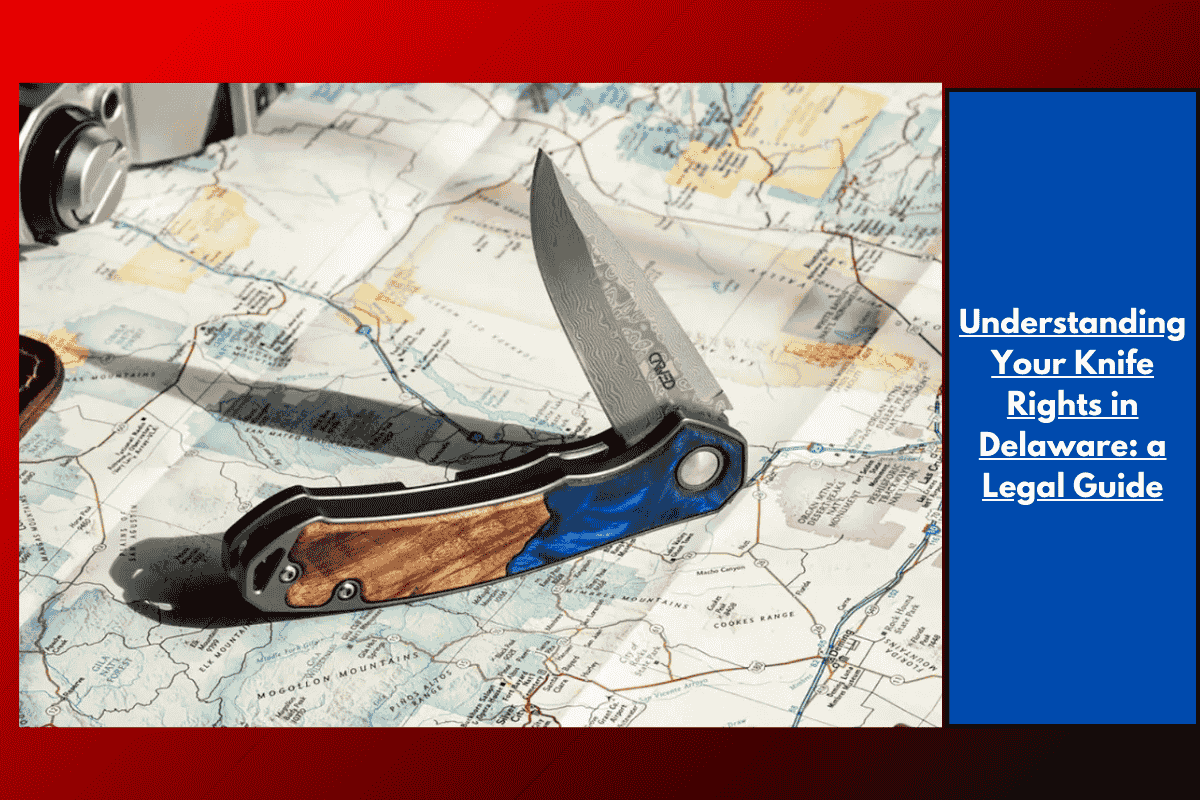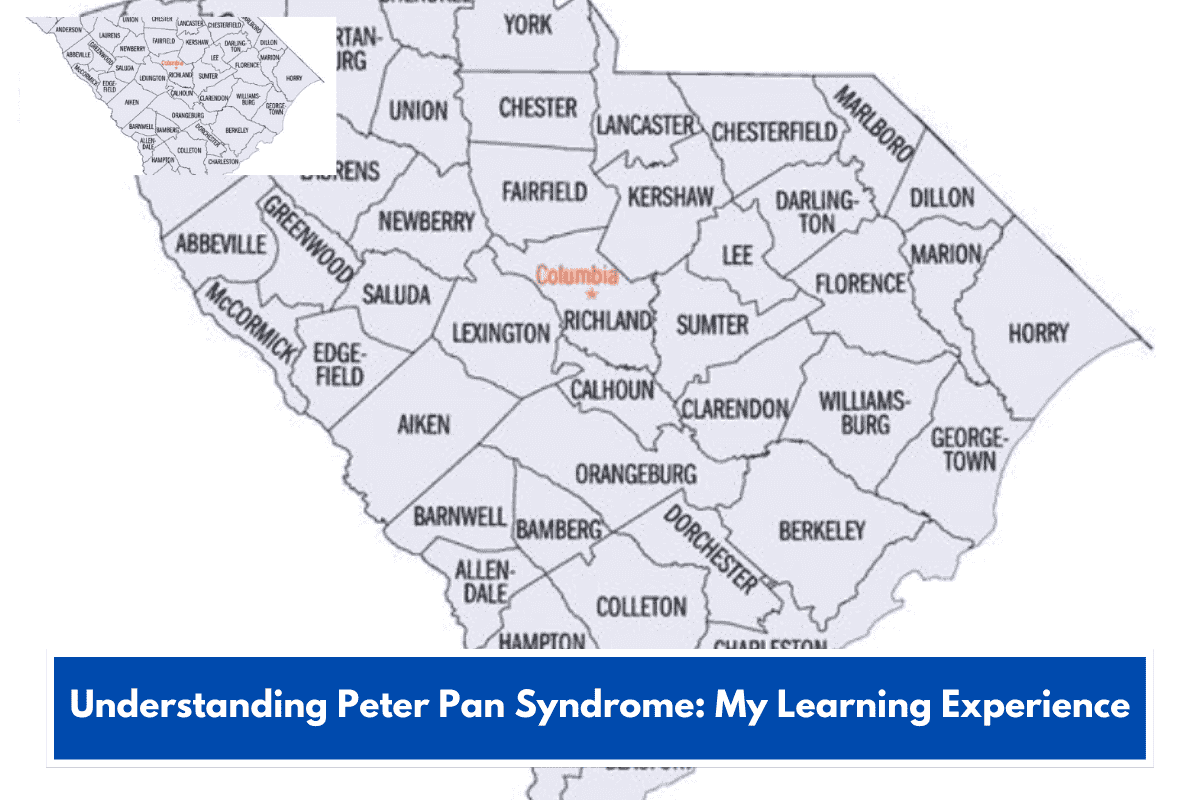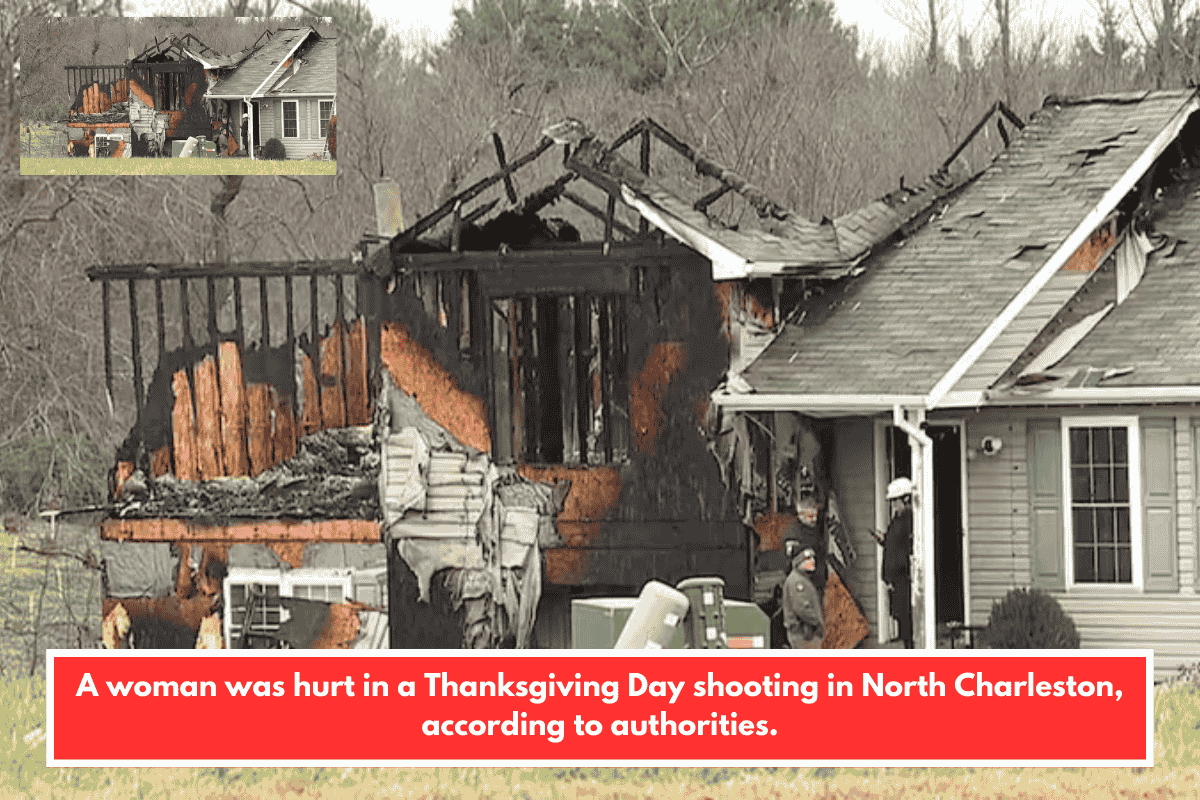Minnesota does not have a “Stand Your Ground” law. Instead, the state follows a “duty to retreat” doctrine, which significantly shapes how self-defense is legally justified.
Key Elements of Minnesota’s Self-Defense Law
- Duty to Retreat: In Minnesota, a person must make a reasonable attempt to retreat or escape from a threat before using force in self-defense, especially outside their own home.
- Reasonable Belief of Harm: The person claiming self-defense must have a real and reasonable fear of imminent bodily harm.
- Proportional Force: The amount of force used must be proportionate to the threat faced. Deadly force is only justified as a last resort when there is no safe opportunity to retreat and the threat involves imminent danger of great bodily harm.
- Not the Aggressor: The individual claiming self-defense must not have provoked the incident or been the initial aggressor.
Minnesota Supreme Court Ruling
In July 2024, the Minnesota Supreme Court reaffirmed the state’s duty to retreat requirement, even in situations where a person only threatens to use deadly force (such as displaying a weapon), not just when actually using it. The court held that:
“A person claiming self-defense has a duty to retreat when reasonablypossible before using or threatening deadly force.
This means that if you have a safe way to escape, you must take it-even before pulling out a weapon in self-defense. Failing to do so can result in criminal charges, including assault or even murder, depending on the outcome.
Legislative Efforts and Debate
There have been recent legislative attempts to remove the duty to retreat and adopt a “stand your ground” approach, which would allow individuals to use force in self-defense without first trying to escape. However, as of March 2025, these efforts have failed in the Minnesota House of Representatives, and the duty to retreat remains in effect.
Comparison: Stand Your Ground vs. Duty to Retreat
| Feature | Stand Your Ground (Not MN) | Duty to Retreat (Minnesota) |
|---|---|---|
| Obligation to escape first? | No | Yes |
| Can use force if threatened? | Yes, without retreating | Only if no safe escape is possible |
| Applies to threat of force only? | Yes | Yes, must retreat even before threat |
| Legal status in Minnesota | Not in effect | In effect |
The Castle Doctrine
Minnesota does recognize the “castle doctrine,” which generally allows individuals to use force, including deadly force, to defend themselves in their own home without a duty to retreat. However, the duty to retreat applies outside the home.














